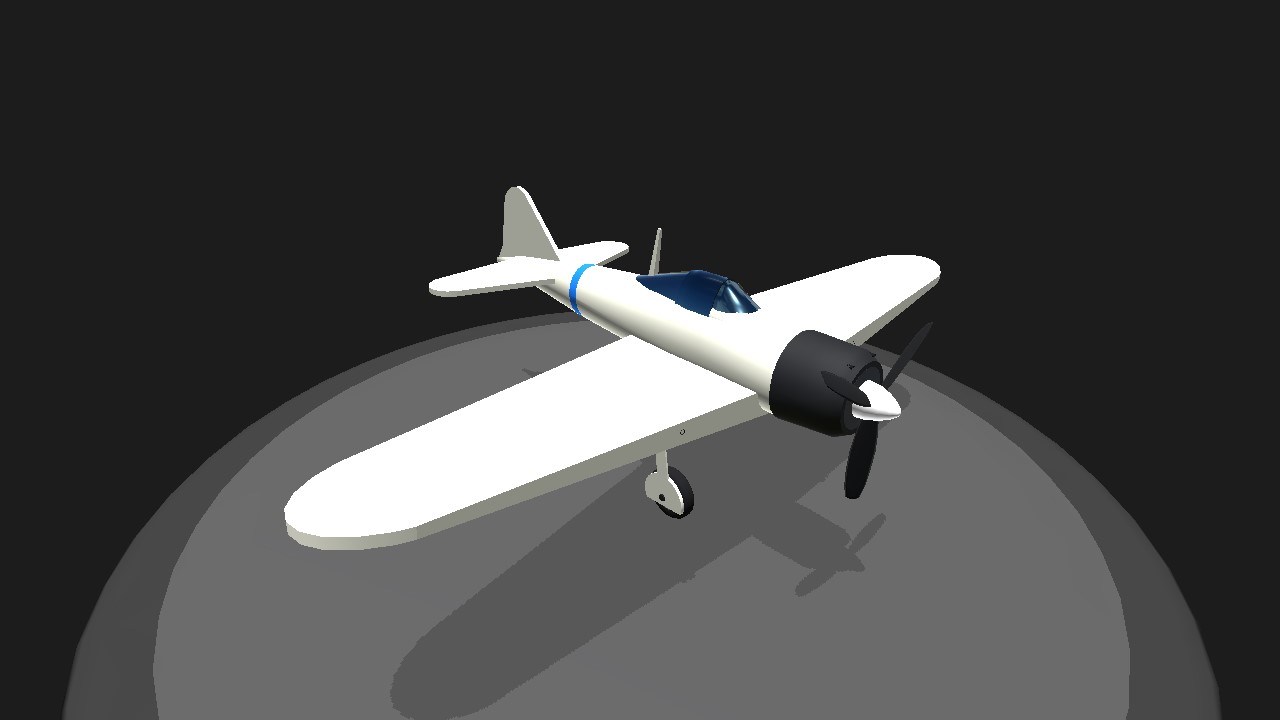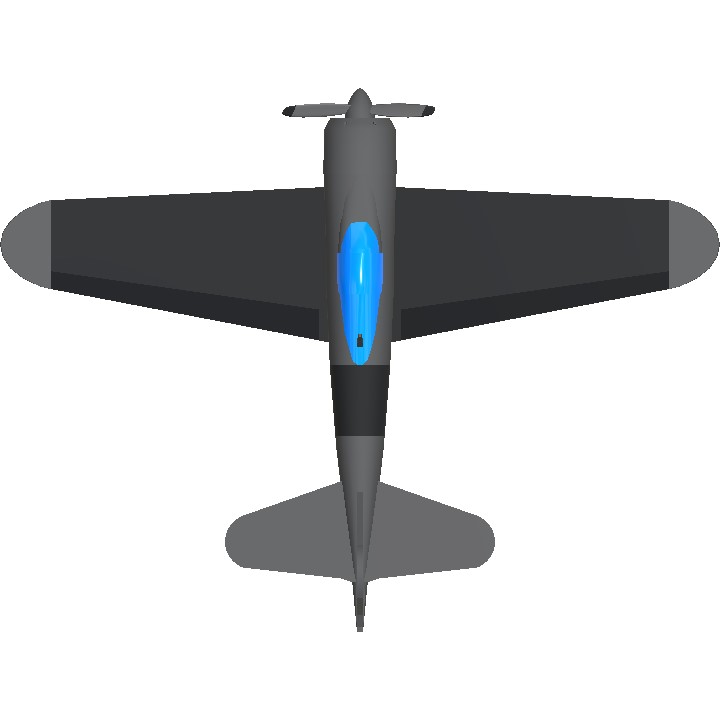Mitsubishi A6M Zero
- About the aircraft
The Mitsubishi A6M Zero, officially designated "Navy Type 0 Carrier Fighter" (Rei-shiki Kanjou Sentouki), was a long-range fighter aircraft operated by the Imperial Japanese Navy from 1940 to 1945. It was arguably the most formidable carrier-based fighter in the world at the start of World War II, possessing exceptional maneuverability, a high climb rate, and an impressive range. These characteristics, coupled with well-trained and aggressive Japanese pilots, allowed the Zero to dominate Allied air forces in the early years of the Pacific War.
Early models, like the A6M2, established Japanese air superiority across the Pacific. Its performance outclassed most Allied fighters, thanks to its agility in a dogfight and the extended reach it possessed. This advantage allowed Japan to project power and capture vast swathes of territory. However, the very features that made it so effective – its minimal armor and lack of self-sealing fuel tanks – also became critical vulnerabilities as the war progressed.
While the Zero remained in production and various improved models (A6M3, A6M5, etc.) were introduced, they struggled to maintain their edge against evolving Allied tactics and newer aircraft designs like the F6F Hellcat and F4U Corsair. The Zero progressively transitioned from a first-line fighter to a platform for kamikaze attacks in the later stages of the war. Despite its ultimate obsolescence, the A6M Zero remains an iconic and controversial symbol of Japanese military power during World War II.
Possible Nicknames (From Community Discussions):
Zero: This is the most common and well-known nickname, derived from its official designation, Type 0.
The Whispering Death: Some sources and communities suggest this nickname was used due to the silent running Mitsubishi “Kinsei” engine, combined with its ability to appear out of nowhere and attack.
Paper Plane: A somewhat derogatory nickname sometimes used later in the war, highlighting its vulnerability due to its lack of armor.
The Firefly: Refers to it's tendency to burst into flames, often from having its unprotected fuel tanks hit.
The One-Shot Lighter: (or similar variations) This stems from the Zero's vulnerability to fire. The lack of self-sealing fuel tanks and limited armor meant that a single well-placed shot could cause a catastrophic fire. This is a derogatory and brutally honest nickname.
- About the variant
A6M2b
After the delivery of the 65th aircraft, a further change was worked into the production lines, which introduced folding wingtips to allow them to fit on aircraft carriers.[17] The resulting Model 21 would become one of the most produced versions early in the war. A feature was the improved range with 520 L (140 US gal) wing tank and 320 L (85 US gal) drop tank. When the lines switched to updated models, 740 Model 21s had been completed by Mitsubishi, and another 800 by Nakajima. Two other versions of the Model 21 were built in small numbers, the Nakajima-built A6M2-N "Rufe" floatplane (based on the Model 11 with a slightly modified tail), and the A6M2-K two-seat trainer of which a total of 508 were built by Hitachi and the Sasebo Naval Air Arsenal.
C O N T R O L S
Trim : Flaps, cruising 'rotate' adjuster
VTOL : Further flaps
AG.1 : Arresting hook
Specifications
General Characteristics
- Created On Android
- Wingspan 40.0ft (12.2m)
- Length 30.2ft (9.2m)
- Height 11.3ft (3.4m)
- Empty Weight 5,526lbs (2,506kg)
- Loaded Weight 8,262lbs (3,748kg)
Performance
- Horse Power/Weight Ratio 0.119
- Wing Loading 16.6lbs/ft2 (80.9kg/m2)
- Wing Area 498.5ft2 (46.3m2)
- Drag Points 1073
Parts
- Number of Parts 64
- Control Surfaces 7
- Performance Cost 482






